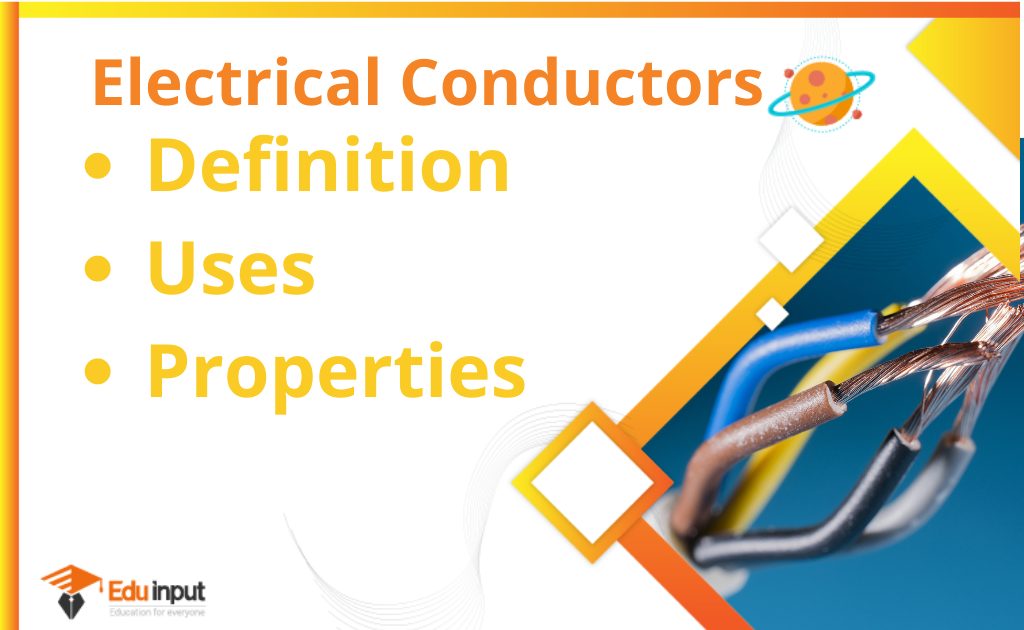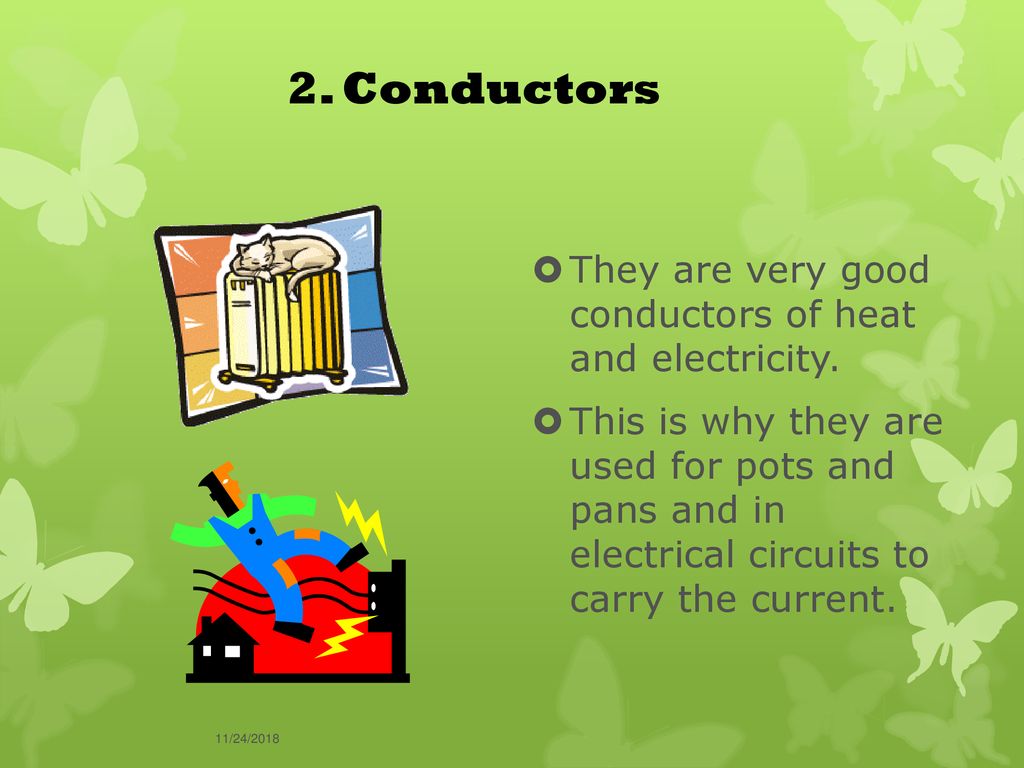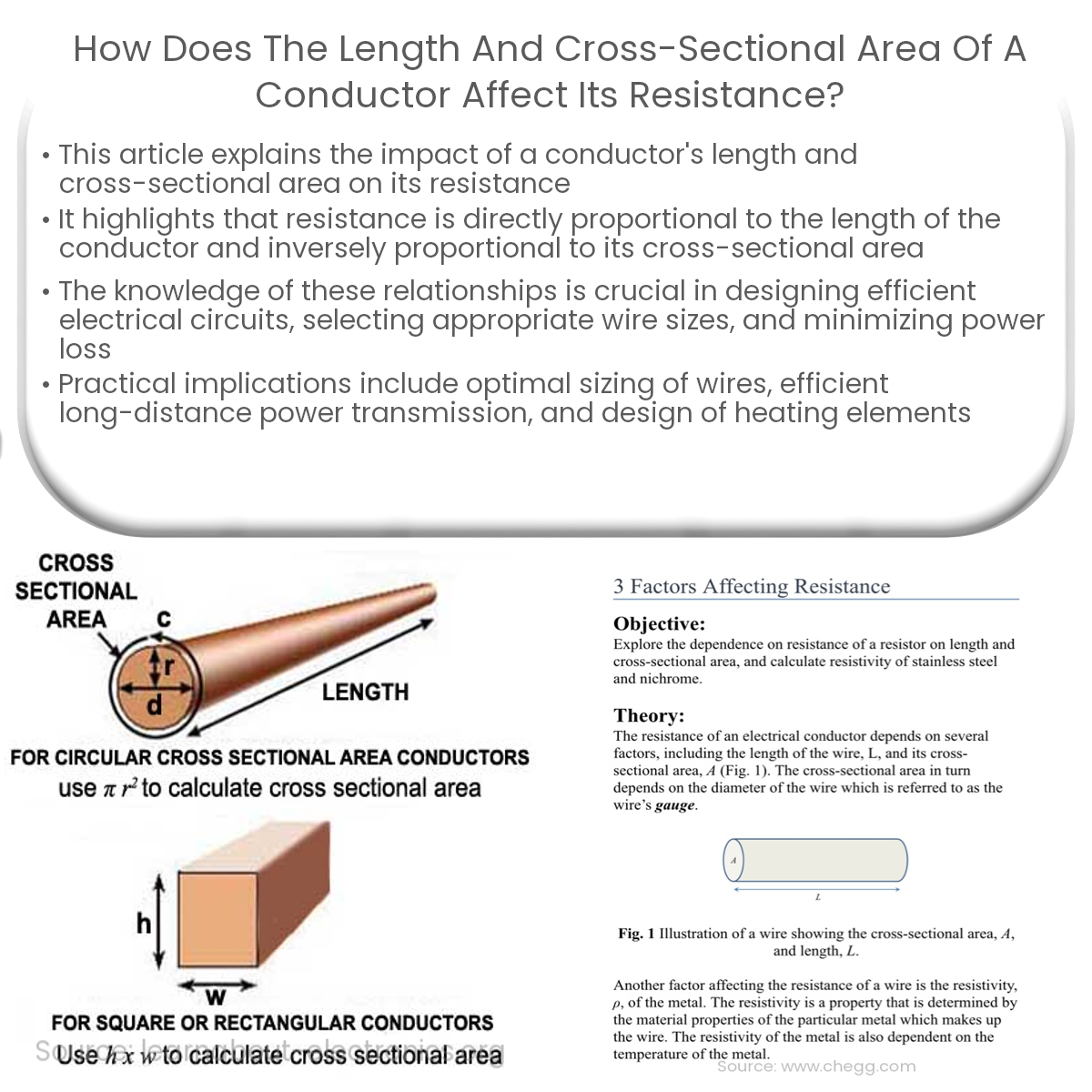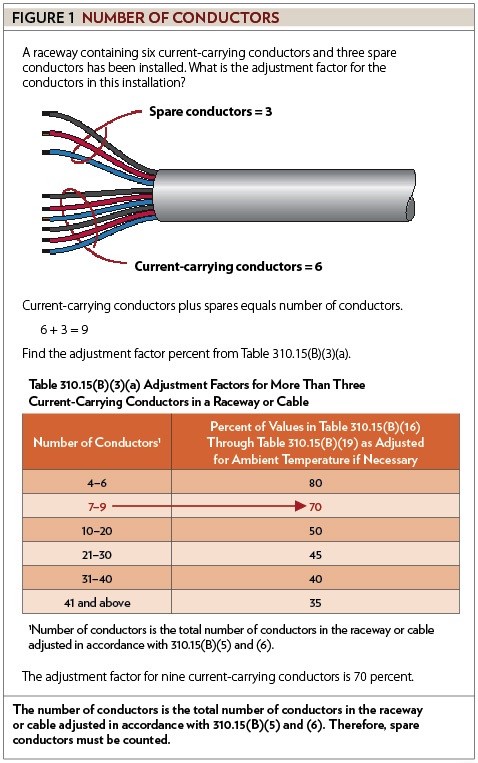Large Conductors Are Likely To Require The Use Of
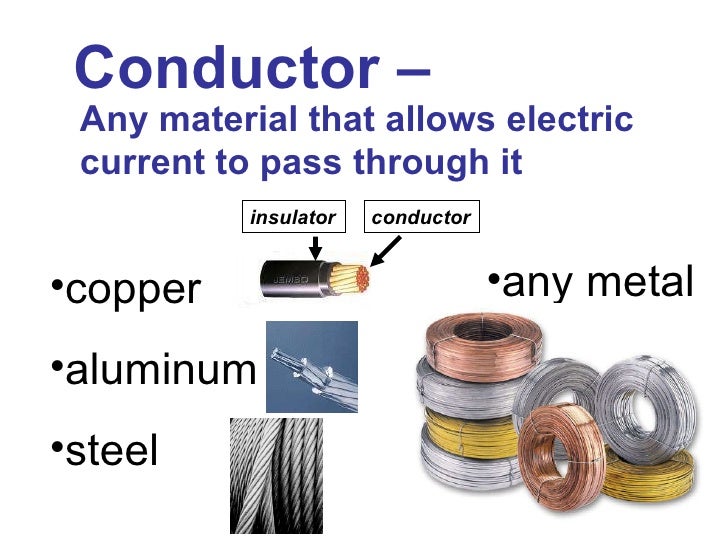
The hum of power grids, the silent surge of energy fueling modern life – it all hinges on the unseen arteries of electricity: conductors. But as demand skyrockets and the push for renewable energy intensifies, the conductors themselves are facing a revolution. Large-scale projects are increasingly pushing the boundaries of what's possible, demanding solutions that go beyond traditional cabling.
At the heart of this shift lies a simple truth: large conductors, those massive cables capable of carrying immense electrical loads, are increasingly necessitating the use of specialized techniques, equipment, and materials. From advanced cooling systems to innovative installation methods, the era of simply stringing up thicker wires is rapidly fading. This article explores the complex factors driving this change, the technological advancements responding to the challenge, and the implications for the future of power transmission.
The Growing Demand for Capacity
The surge in electricity consumption is undeniable. Factors such as population growth, industrial expansion, and the electrification of transportation are all placing unprecedented strain on existing infrastructure.
Furthermore, the proliferation of renewable energy sources, often located far from population centers, necessitates long-distance, high-capacity transmission lines. According to a recent report by the International Energy Agency (IEA), global electricity demand is projected to increase by over 20% in the next decade alone.
The Limitations of Conventional Conductors
Traditional copper and aluminum conductors, while reliable, have inherent limitations. Resistance increases with conductor length and temperature, leading to significant energy losses in the form of heat. For large projects, these losses can become economically prohibitive and environmentally damaging.
Increasing conductor size to compensate for losses also presents challenges. Heavier conductors require stronger support structures, more land rights, and more complex installation procedures, driving up costs and project timelines.
Emerging Technologies and Techniques
To address these limitations, a range of innovative technologies and techniques are being developed and deployed. These advancements aim to increase conductor capacity, reduce energy losses, and streamline installation.
One promising area is the development of High-Temperature Superconducting (HTS) cables. These cables, cooled to extremely low temperatures, exhibit virtually zero resistance, allowing for massive power transmission with minimal losses.
While still in the early stages of deployment, HTS cables have the potential to revolutionize urban power grids and long-distance transmission.
Forced Cooling Systems
Another approach involves actively cooling conventional conductors to increase their current-carrying capacity. Forced cooling systems, which circulate coolant around the conductor, can significantly reduce operating temperatures and losses.
These systems are particularly effective in underground installations, where heat dissipation is limited.
Advanced Installation Methods
Handling and installing large conductors requires specialized equipment and techniques. Traditional methods of stringing cables between towers are often inadequate for the massive weights and lengths involved.
Advanced installation methods, such as helicopter stringing and tension stringing, are becoming increasingly common. These techniques minimize stress on the conductors and reduce the risk of damage during installation.
The Economic and Environmental Implications
The adoption of these advanced technologies and techniques has significant economic and environmental implications. While the initial investment can be higher, the long-term benefits often outweigh the costs.
Reduced energy losses translate into lower operating costs and a smaller carbon footprint. Furthermore, increased conductor capacity can defer the need for new power plants and transmission lines, saving billions of dollars in infrastructure investments.
However, there are also challenges to consider. The complexity of these technologies requires highly skilled personnel and specialized maintenance procedures.
"The key to successful implementation lies in careful planning, thorough training, and close collaboration between utilities, manufacturers, and contractors," according to Dr. Emily Carter, a leading expert in power transmission at the National Renewable Energy Laboratory (NREL).
The Future of Power Transmission
The future of power transmission will undoubtedly be shaped by the increasing demand for large conductors and the innovative technologies that enable their deployment. As renewable energy sources become more prevalent and cities continue to grow, the need for high-capacity, efficient transmission lines will only intensify.
Continued research and development in materials science, cooling technologies, and installation methods will be crucial to meeting these challenges. Furthermore, collaboration between industry, government, and academia will be essential to accelerating the adoption of these advancements.
The transition to a sustainable energy future depends not only on generating clean electricity but also on delivering it efficiently and reliably. Large conductors, and the specialized techniques they require, are playing an increasingly vital role in making that future a reality.
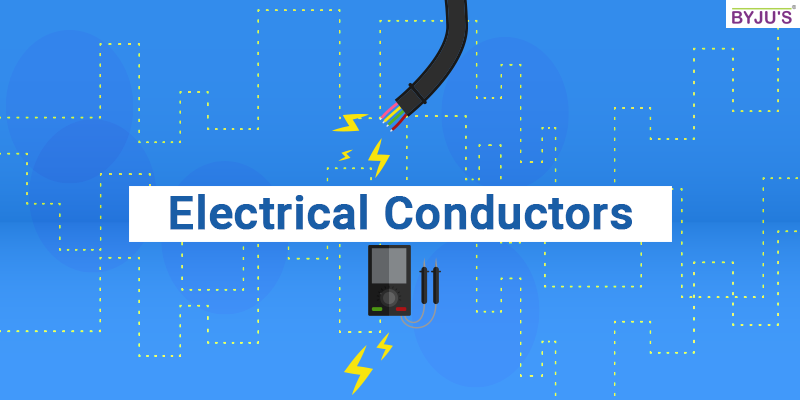
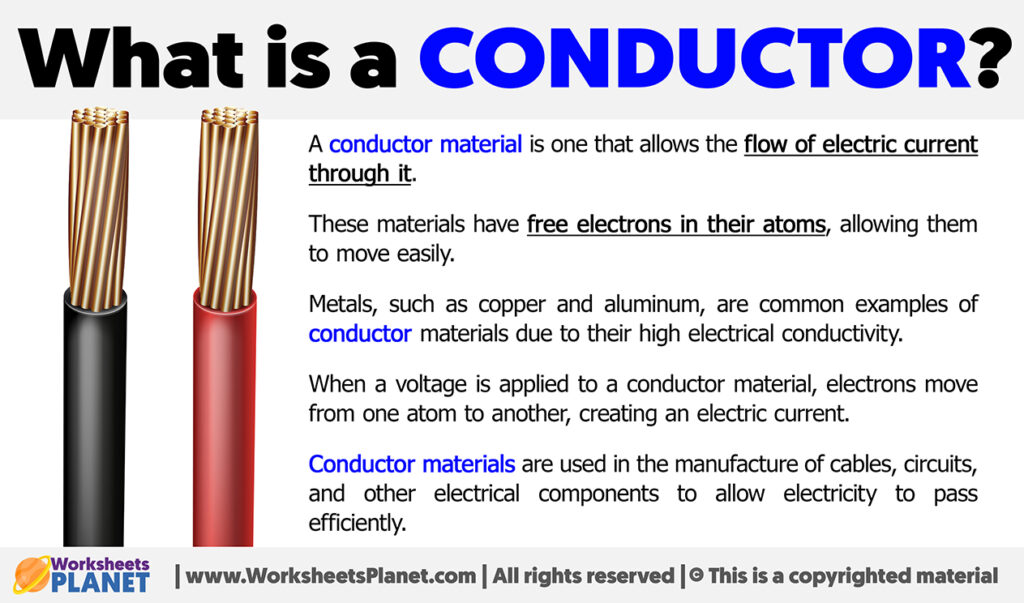

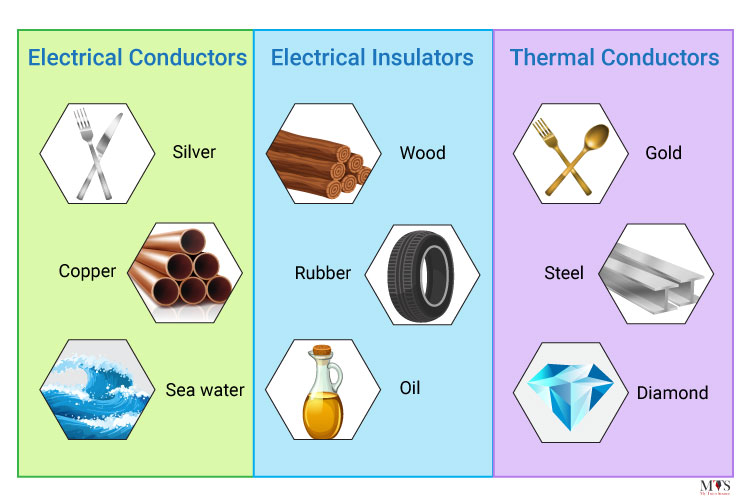


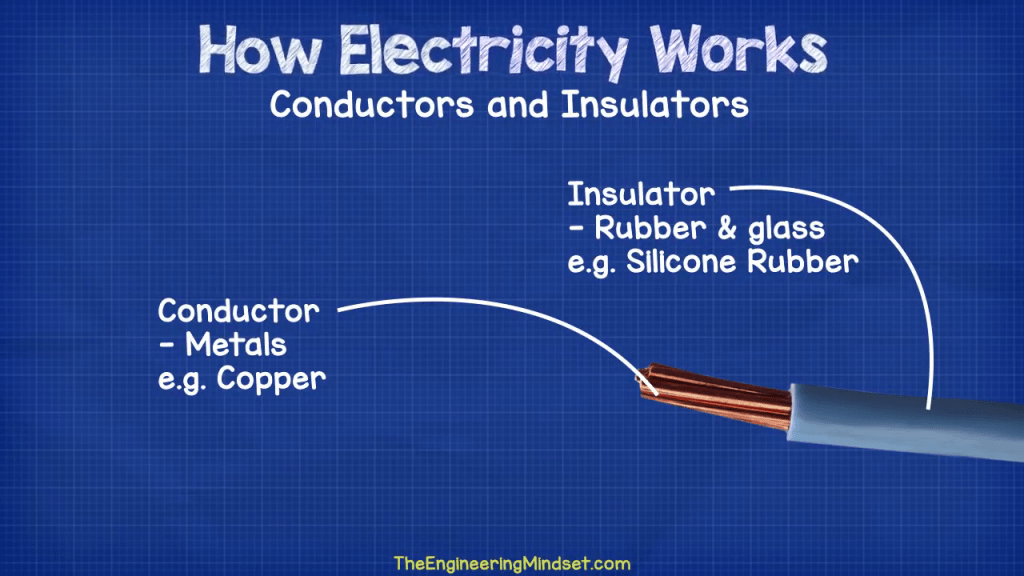
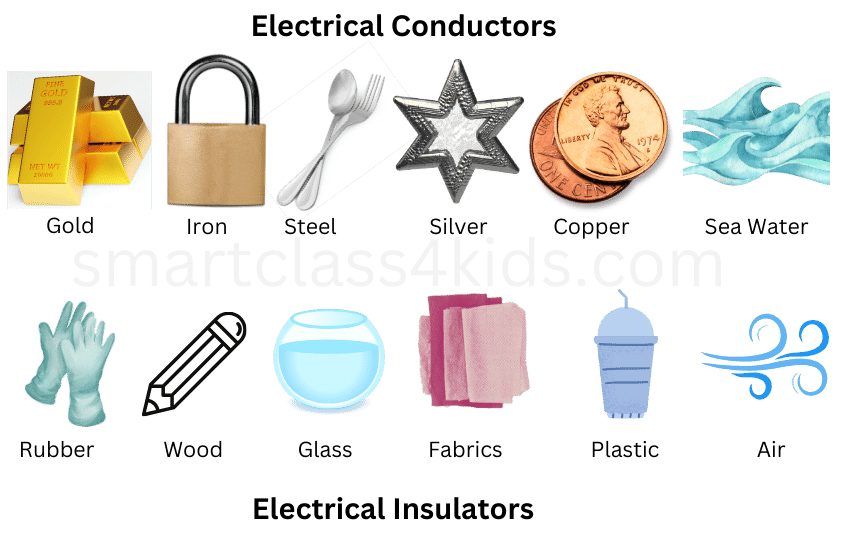
.jpg)

